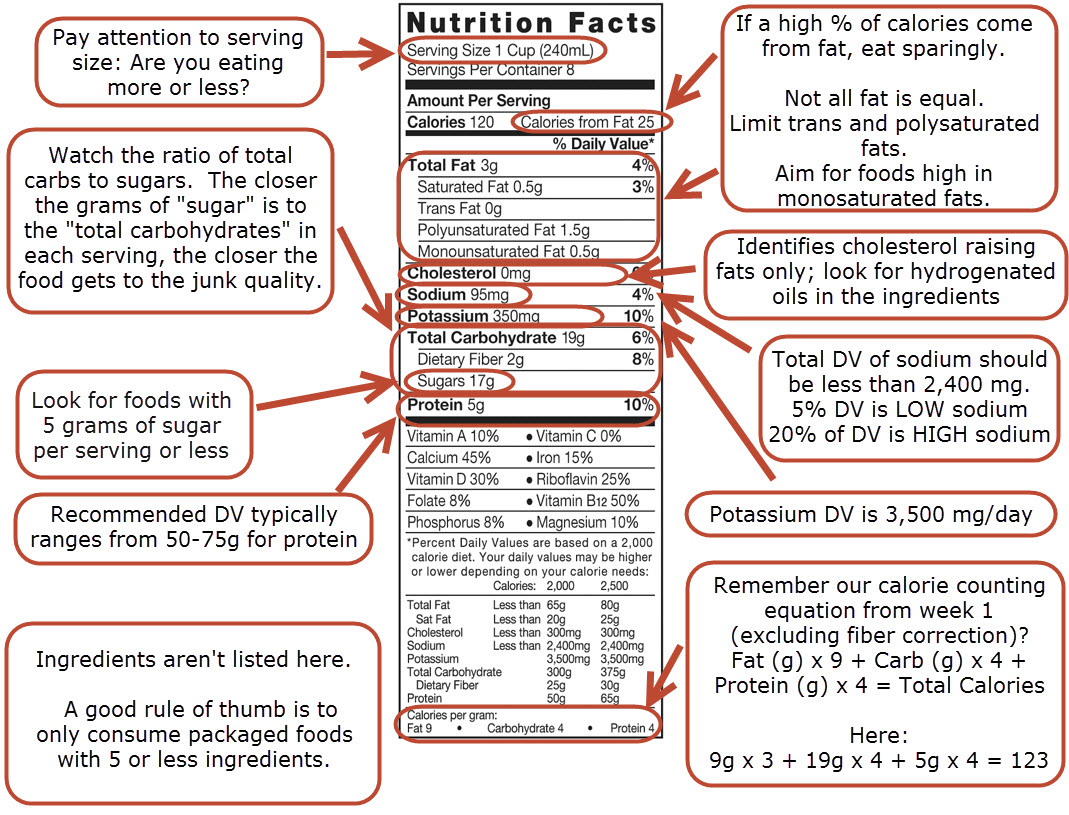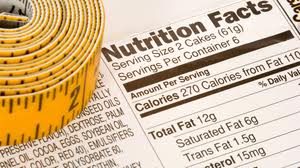Olive Oil vs. Vegetable Oil: What's better?
“What's your take on olive oil vs. vegetable oil?”
Last week this question was asked on my Facebook page. I put together a quick response then, but felt that the question really warranted something more detailed.
Oils (and fats) are a touchy subject in the health world. There’s lots of conflicting information and misnomers due to “low fat” and “fat free” food labeling. Your body absolutely needs some fat sources, the trick is incorporating healthy sources. This week, I’m comparing olive oil and vegetable oil. Spoiler alert: olive oil is the clear winner in my book.
Olive Oil
The Source:Olive oil comes from...you guess it: Olives. High quality olive oils (virgin and extra virgin) come from pressing olives, while some lower quality olive oils can include chemical processing.
The Content: Olive oil has the highest percentage of monounsaturated fat of any edible oil. You cou gan think of monounsaturated fats as a mix between polyunsaturated fats (unstable) and saturated fats (stable); monosaturated fats oxidize quickly, but not as quickly as polyunsaturated fats.
Quality olive oil also contains lots of antioxidants, substances that have provide cardiovascular and anti-cancer benefits, including Vitamin E, carotenoids, and phenolic compounds.
Body Benefits: Olive oil’s antioxidant and anti-inflammatory effects promote heart health and protect against cancer.
Since monounsaturated fat is more stable than polyunsaturated fat, it is less likely to generate the free radicals that create “bad” cholesterol, aka LDL. LDL damages blood vessels and can create changes in genes that may lead to cancer. Olive oil does not contain omega-3 fatty acids, but it does help to strengthen omega-3’s anti-inflammatory effects. Research suggests monounsaturated oils cause less production of the bile acids in the digestive tract that promote colon cancer development and may help to control insulin and blood sugar levels, which is beneficial for diabetics.
Vegetable Oil
The Source: Vegetable oils are extracted from seeds like the rapeseed (canola oil), soybean, corn, sunflower, safflower, etc. Vegetable oils can’t be extracted by pressing or naturally separating; they must be chemically removed, deodorized, and altered. It should also be noted that commercial vegetable oils may be a hybrid of multiple oil sources.
The Content:Vegetable oils are high in polyunsaturated fats, the least stable of the fats. Polyunsaturated fats oxidize easily in the body and cause inflammation and mutation in cells.
Let’s put oxidation into perspective for a second. What do you get when iron is exposed to air and oxidizes? RUST. When polyunsaturated fats oxidize in your body, they create “internal rust”. Doesn’t sound good, does it?
Body Benefits: Polyunsaturated fats can help to lower cholesterol, however, due to their unstable nature, monounsaturated fats are preferred. Vegetable oils, specifically, may contain omega-6 fatty acids. Maintaining a good omega-3 to omega-6 ratio (approximately 1:1) in the body is important (many people are deficient in omega-3). Consumption of vegetable oils can lead to too much omega-6 fats, throwing the omega-3:omega-6 ratio off balance, which can cause inflammation and increase cancer risk.
Tips for Selecting, Storing and Using Olive Oil
- Virgin is best. Extra virgin means that the oil was not produced through chemical means; only by mechanical (pressing) means. This makes EVOO the best quality olive oil, since being pressed without heat preserves antioxidants.
- Go with quality. Top quality extra-virgin olive oil has a natural peppery finish and a deep aroma of grass and artichoke.
- Lights Out. Heat, light and air can affect the taste and health-promoting nutrient quality of olive oil. Purchase oil in a dark bottle and store it in a dark, room-temperature cupboard, or even in the refrigerator. The fats, nutrients, and taste can degrade over time, so its recommended to use it within a six months to a year once opened.
- Drop it low. Olive oil has a low smoke point and is best used over medium to low heat. For higher temp cooking, like stir frying or pan searing, I recommend using coconut oil.
In the comments, tell me what other questions you have about oils and fats. Let’s bust through to the truth together.















